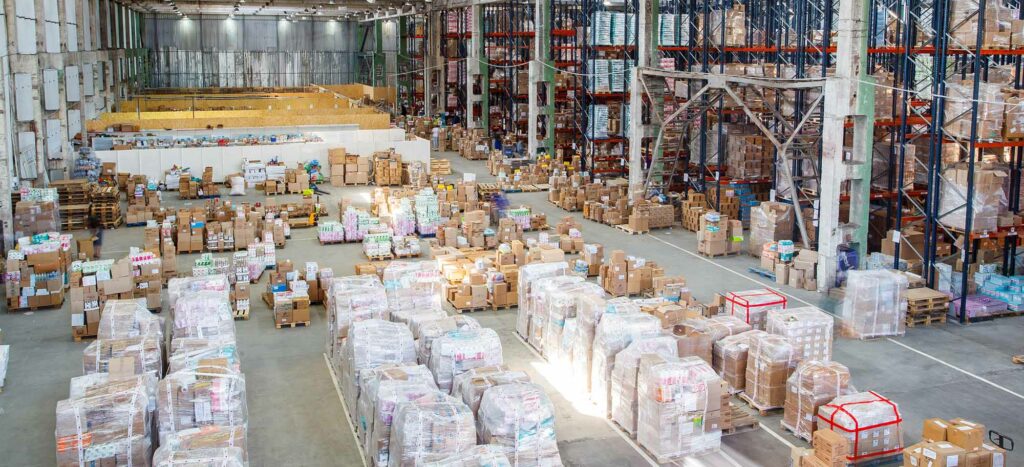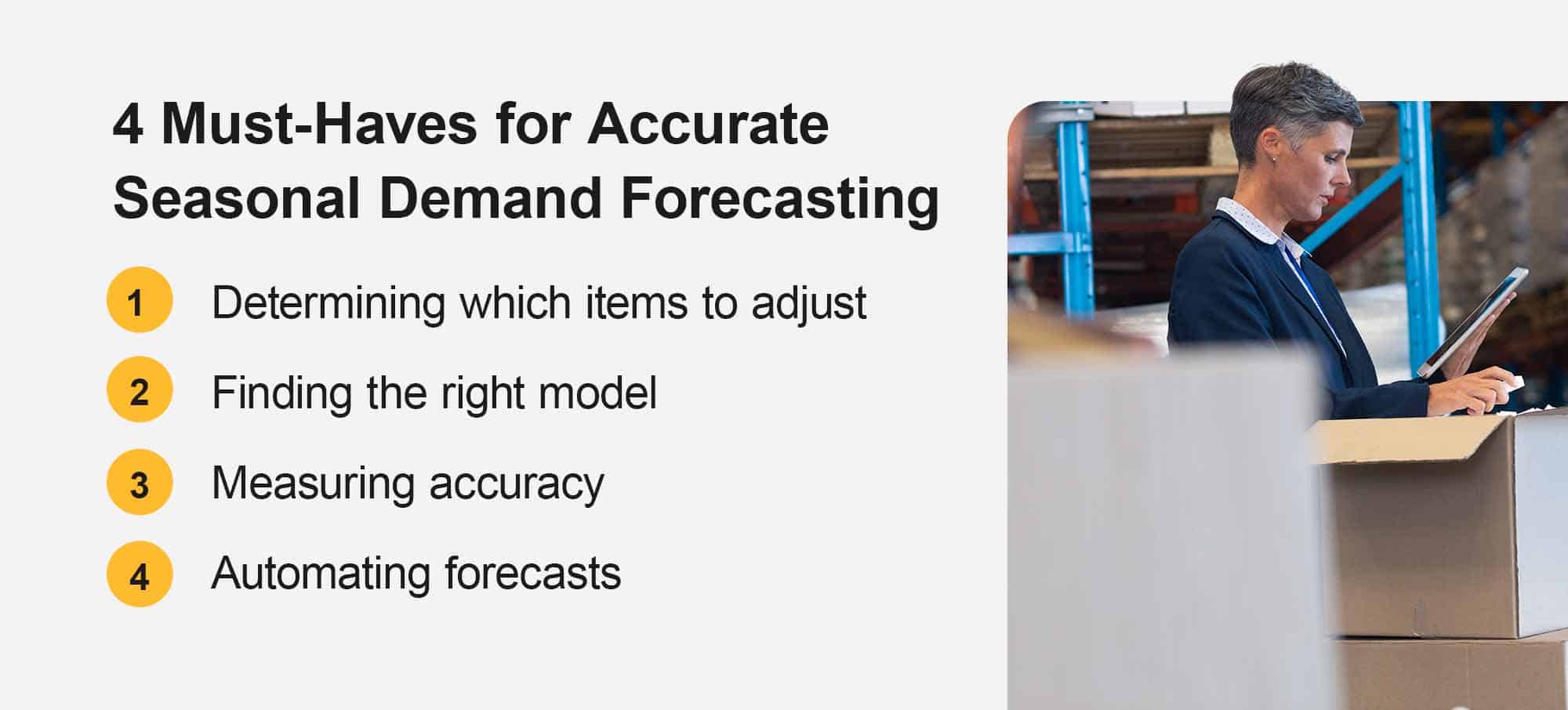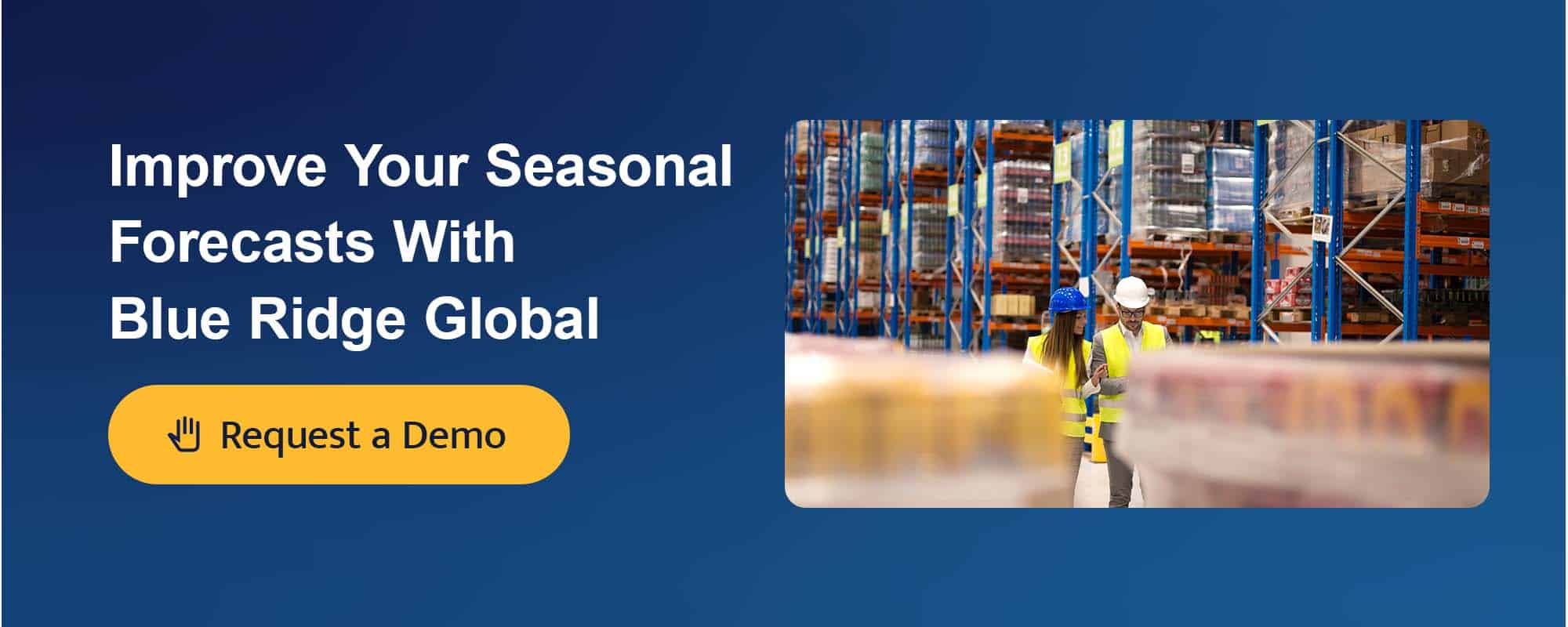According to data from the National Retail Federation (NRF), holiday shoppers in the United States spent a record high of $964.4 billion during the 2023 holiday season. That’s a 3.8% increase from 2022, when spending grew to $929.5 billion — and that means companies at all levels of the supply chain need to step up their seasonal forecasting game if they want to stay competitive.
Seasonal profile adjustment is a vital yet often overlooked part of forecasting seasonal demand. Are your organization’s forecasting models keeping up? For most companies competing in today’s chaotic supply chain, it’s prime time to look into machine learning tools.
What Is Machine Learning?
Machine learning (ML) is a subset of artificial intelligence (AI) that uses algorithms, historical data and new inputs to make a program more accurate over time. Essentially, ML allows a computer program to “learn” from previous cycles and produce better outputs based on the feedback it receives.
For example, the developers at Blue Ridge Global have incorporated ML capabilities into our Demand Planning software to enable more accurate predictions. Whether you need to account for hundreds or thousands of different SKUs, our automated platform updates in real time to optimize seasonal demand forecasts and improve supply chain visibility.
How Machine Learning Enhances Seasonal Supply Chain Management
To manage inventory effectively, you first need to marry the optimal forecasting and replenishment optimization strategy with each SKU, which requires a more advanced seasonal demand forecasting approach.
Leveraging machine learning techniques can help identify seasonal items more easily, generate more accurate forecasts and gain an edge over competitors still struggling with elementary demand models. Here’s how:
- Predictive analytics: ML algorithms can analyze historical and present data to accurately predict future trends, aiding both manufacturers and distributors in demand forecasting for seasonal products.
- Process improvements: An ML algorithm can uncover areas for improvement within your supply chain, giving your company the information you need to improve operations in time to meet seasonal demand spikes.
- Risk management: Any supply chain disruption can destabilize operations and cause you to fall behind during demand peaks. ML’s predictive analytics capabilities can help you anticipate issues before they appear, creating a more resilient supply chain and improving your ability to keep up with seasonal changes.
4 Must-Haves for Accurate Seasonal Demand Forecasting
To master seasonal profile management, keep these four key areas in mind:















